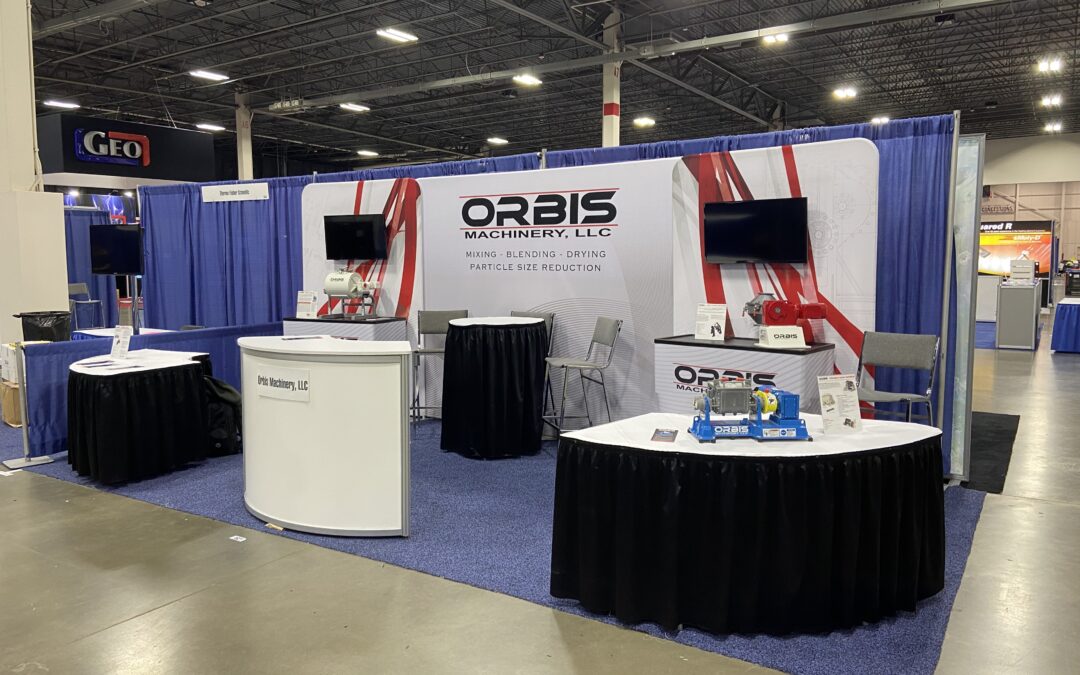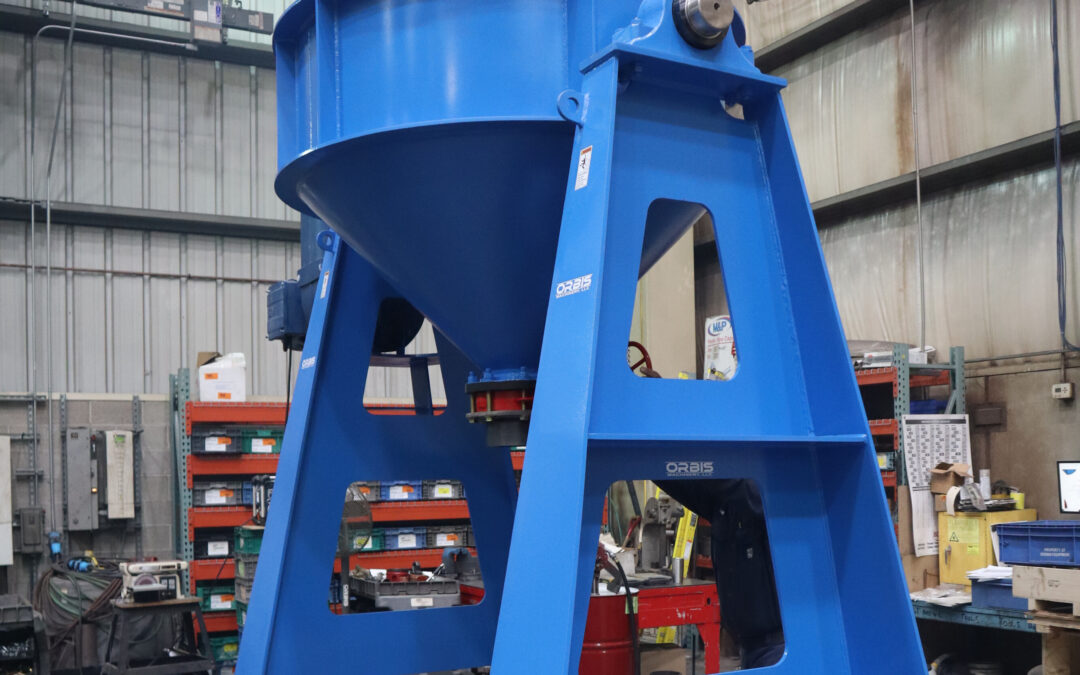Innovation simply means to do something new that in turn enhances a product, a process or service. Therefore, innovation is the most essential tool for an engineer. The Invention is said to be the bedrock of innovation. It can be defined as a new solution to a technical problem. Intellectual property means the unique creation of human intellect that comes from human creativity and inventiveness.
Intellectual property is a legal right. It is said that if innovation is first, then the intellectual property has to be second. Intellectual property can also be put as the product of original thinking, including inventions, designs, and names, and is protected by rights which include patents, copyright of design, and trademarks. Intellectual property can be seen in brand names, a new manufacturing process to new technologies.
Patents and design rights are important in the manufacturing industry when it comes to intellectual property. The duration or lifespan of a patent is usually 20 years while a design right lasts up to 25 years.
Manufacturers need to be innovative in order to lead in their field and continue to be relevant in the industry as ideas are being worked upon every day making today’s technology a possible castaway tomorrow. Therefore, manufacturers have to be on their toes when it comes to making innovations. Intellectual property comes into the frame as it helps the manufacturers to protect the integrity of their brands by ensuring that competitors cannot infringe on the brand or its patents thereby causing harm to the manufacturers.
Therefore, manufacturers ensure that they continue to research and develop new products or new methods to advance their previous products so as to have the protection of the intellectual property law. This creates an environment for a competition where manufacturers fight for the attention of consumers by constantly innovating high standard goods as they try to outrun one another. A perfect example of kind of competition can be seen in the phone manufacturing industries where the leaders slug it out every year by turning in high tech products with rivaling prices. Sometimes, companies sue themselves for infringement of patents and get huge compensations afterward. This acts as a deterrent and strengthens the resolve of the other companies to do better and innovate their own patent. Intellectual property helps to reduce or curb the copying or direct repetition of designs and patents of manufacturers. Therefore, it brings some level of security and monopoly to the manufacturer for the duration or lifespan of the product covered by intellectual property law or rights depending on the country. In the long run, it breeds originality in companies as they do not get to copy an innovation without the permission of the inventor or inventing company.
Intellectual property is critical to fostering innovation. Without the protection of ideas and inventions, businesses in the manufacturing industry would not reap the full benefits of their inventions because it can then be copied and replicated by other manufacturers as this will reduce any targeted profit. Importantly, it would make manufactures focus less on research and development. In summary, intellectual property helps to keep and push innovation dynamics further and better benefiting both the manufacturers and the consumers of their products.



